Tag: by Haas & Peale
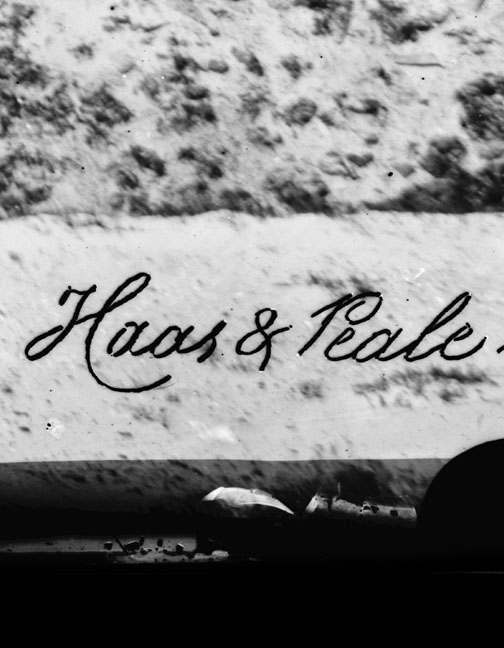 Wikipedia says: Philip Haas (1808–1871) and Washington Peale (1825–1868). While but little is known of Haas’ early personal history, almost nothing is known about Peale. In 1839–40, Haas, a lithographer based in Washington D.C. endeavored to learn the new art of the “daguerreotype.” By 1852, forty-four year old Haas was an accomplished wet-plate photographer, with a studio in New York City “near the corner of White Street.” On September 23, 1861, fifty-three year old Haas enlisted with the 1st N.Y. Engineers, claiming he was forty-three. Haas was mustered on January 17, 1862 as a 2nd Lt. in Company A. Special Order No. 248, dated July 15, 1862, Hilton Head, Port Royal, detailed Haas for “special service at headquarters.” In 1863, Haas and newly acquired assistant Washington Peale were taking photographs of General Quincy Gilmore’s siege operations on Morris Island. The pair are credited with dozens of views of the activities of the Union Army in South Carolina during the Civil War, including Folly Island, Fort Sumter, Charleston Harbor, Lighthouse Inlet and Morris Island. Haas resigned his commission due to ill health on May 25, 1863, but continued taking photographs for the War Department. After 1863, the trail of his life grows thin. Philip Haas died on August 17, 1871 in Chicago, Illinois and is buried in the Jewish Graceland Cemetery. Of particular historic significance is the pair’s “Unidentified camp”, recognized in the year 2000 by South Carolina, author Jack Thompson to be among the world’s very first photographs of actual combat. It depicts monitor-class ironclads and U.S.S. New Ironsides in action off Morris Island, South Carolina. A September 8, 1863 date has been suggested for the photo, however during that action the 17-gun frigate was engaging Fort Moultrie at close range and out of view of the Federal camps which were 4 miles away. In fact, it was Southern photographer George S. Cook, who was taking combat action photographs from the parapet of Fort Sumter on September 8, while he himself was being shelled by monitor “Weehawken”, grounded off Cummings Point. A more plausible opportunity for Haas and Peale to have captured U.S.S. New Ironsides in action would have been the extended period from September 5–6, when for 36 straight hours the ironclads engaged batteries Wagner and Gregg, prior to the Rebel evacuations on September 7.
Wikipedia says: Philip Haas (1808–1871) and Washington Peale (1825–1868). While but little is known of Haas’ early personal history, almost nothing is known about Peale. In 1839–40, Haas, a lithographer based in Washington D.C. endeavored to learn the new art of the “daguerreotype.” By 1852, forty-four year old Haas was an accomplished wet-plate photographer, with a studio in New York City “near the corner of White Street.” On September 23, 1861, fifty-three year old Haas enlisted with the 1st N.Y. Engineers, claiming he was forty-three. Haas was mustered on January 17, 1862 as a 2nd Lt. in Company A. Special Order No. 248, dated July 15, 1862, Hilton Head, Port Royal, detailed Haas for “special service at headquarters.” In 1863, Haas and newly acquired assistant Washington Peale were taking photographs of General Quincy Gilmore’s siege operations on Morris Island. The pair are credited with dozens of views of the activities of the Union Army in South Carolina during the Civil War, including Folly Island, Fort Sumter, Charleston Harbor, Lighthouse Inlet and Morris Island. Haas resigned his commission due to ill health on May 25, 1863, but continued taking photographs for the War Department. After 1863, the trail of his life grows thin. Philip Haas died on August 17, 1871 in Chicago, Illinois and is buried in the Jewish Graceland Cemetery. Of particular historic significance is the pair’s “Unidentified camp”, recognized in the year 2000 by South Carolina, author Jack Thompson to be among the world’s very first photographs of actual combat. It depicts monitor-class ironclads and U.S.S. New Ironsides in action off Morris Island, South Carolina. A September 8, 1863 date has been suggested for the photo, however during that action the 17-gun frigate was engaging Fort Moultrie at close range and out of view of the Federal camps which were 4 miles away. In fact, it was Southern photographer George S. Cook, who was taking combat action photographs from the parapet of Fort Sumter on September 8, while he himself was being shelled by monitor “Weehawken”, grounded off Cummings Point. A more plausible opportunity for Haas and Peale to have captured U.S.S. New Ironsides in action would have been the extended period from September 5–6, when for 36 straight hours the ironclads engaged batteries Wagner and Gregg, prior to the Rebel evacuations on September 7.
Showing 1–16 of 20 results
-
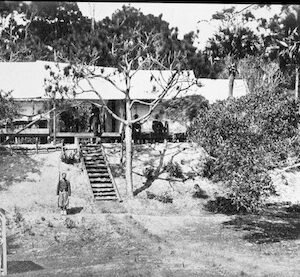
Image ID: ANMC
$1.99 -
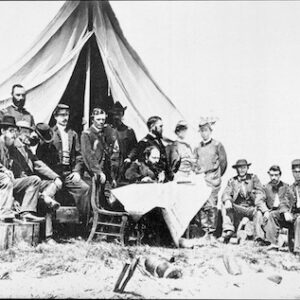
Image ID: ANMD
$0.99 -
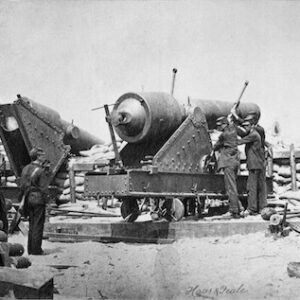
Image ID: ANMG
$1.99 -
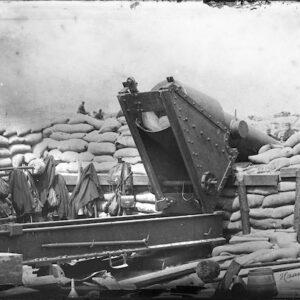
Image ID: ANMH
$6.99 -
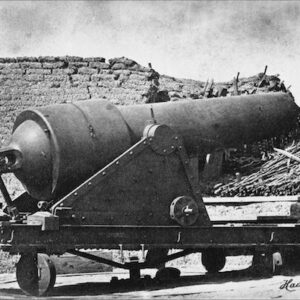
Image ID: ANMI
$1.99 -
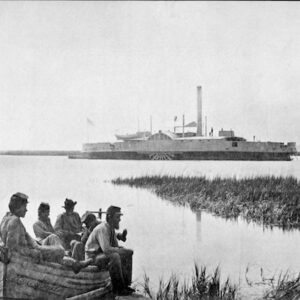
Image ID: AOZF
$0.99 -
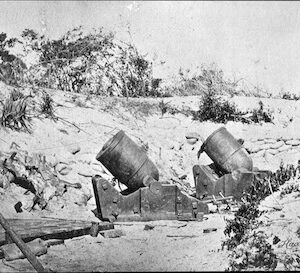
Image ID: APTA
$1.99 -
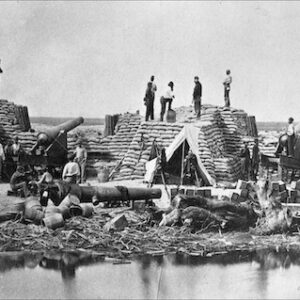
Image ID: APTB
$1.99 -
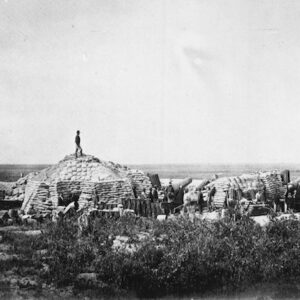
Image ID: APTC
$0.99 -
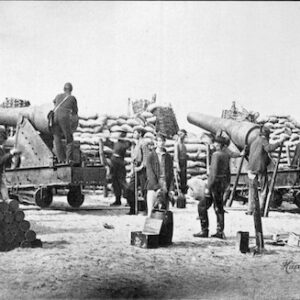
Image ID: APTD
$0.99 -
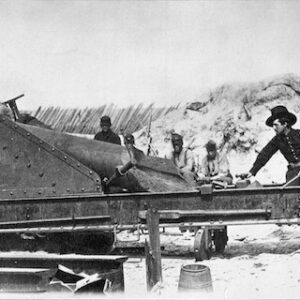
Image ID: APTE
$1.99 -
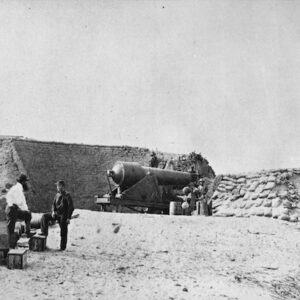
Image ID: APTF
$0.99 -
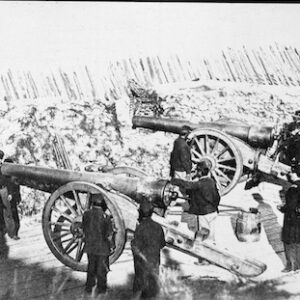
Image ID: APTG
$1.99 -
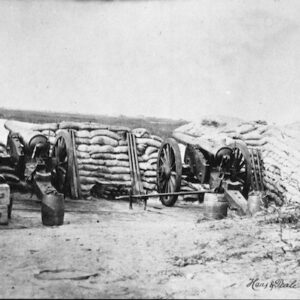
Image ID: APTH
$0.99 -
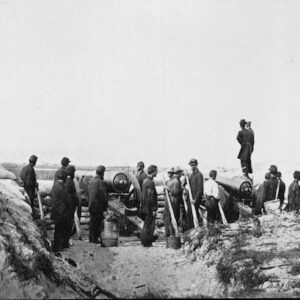
Image ID: APTI
$0.99 -
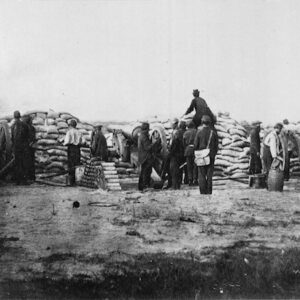
Image ID: APTJ
$0.99